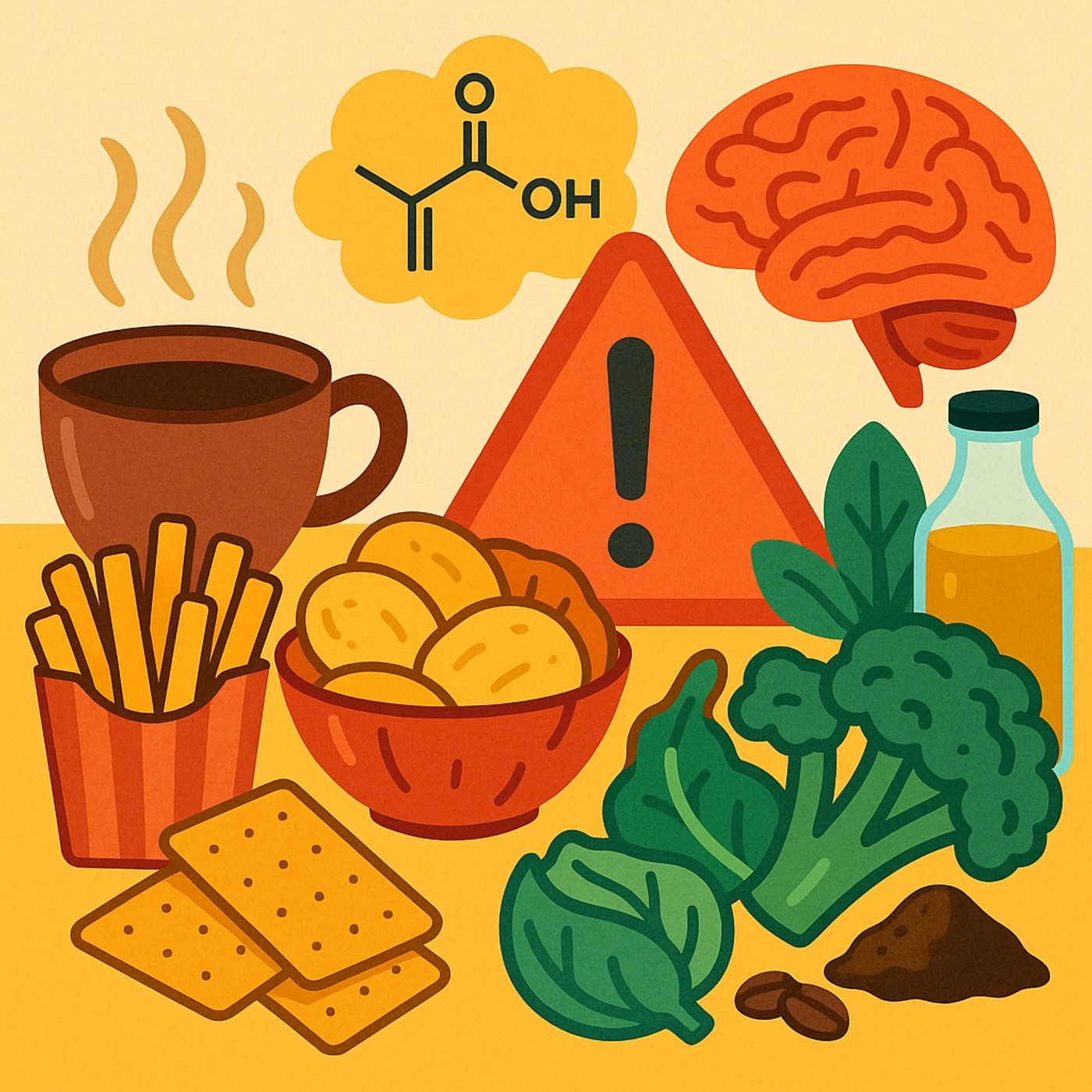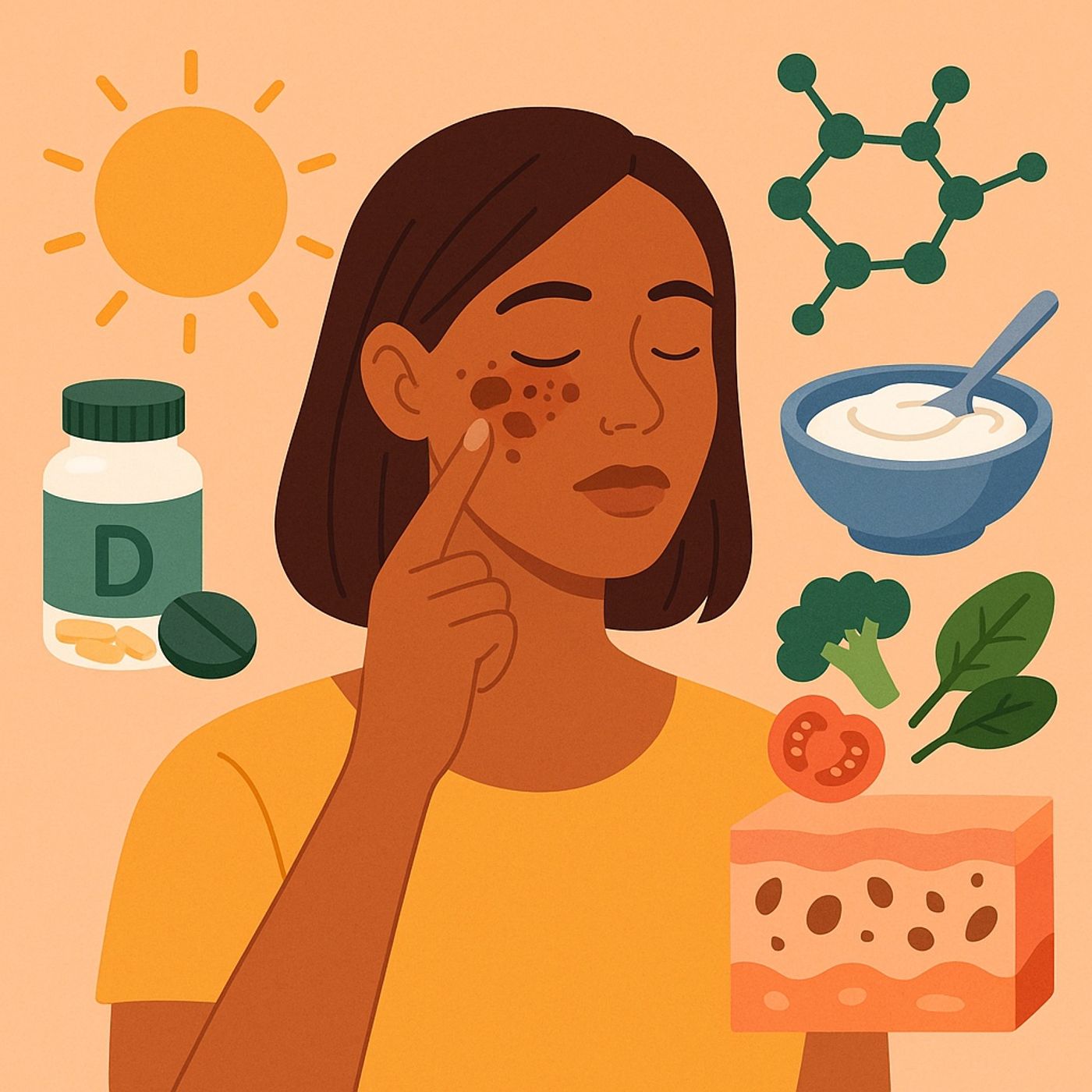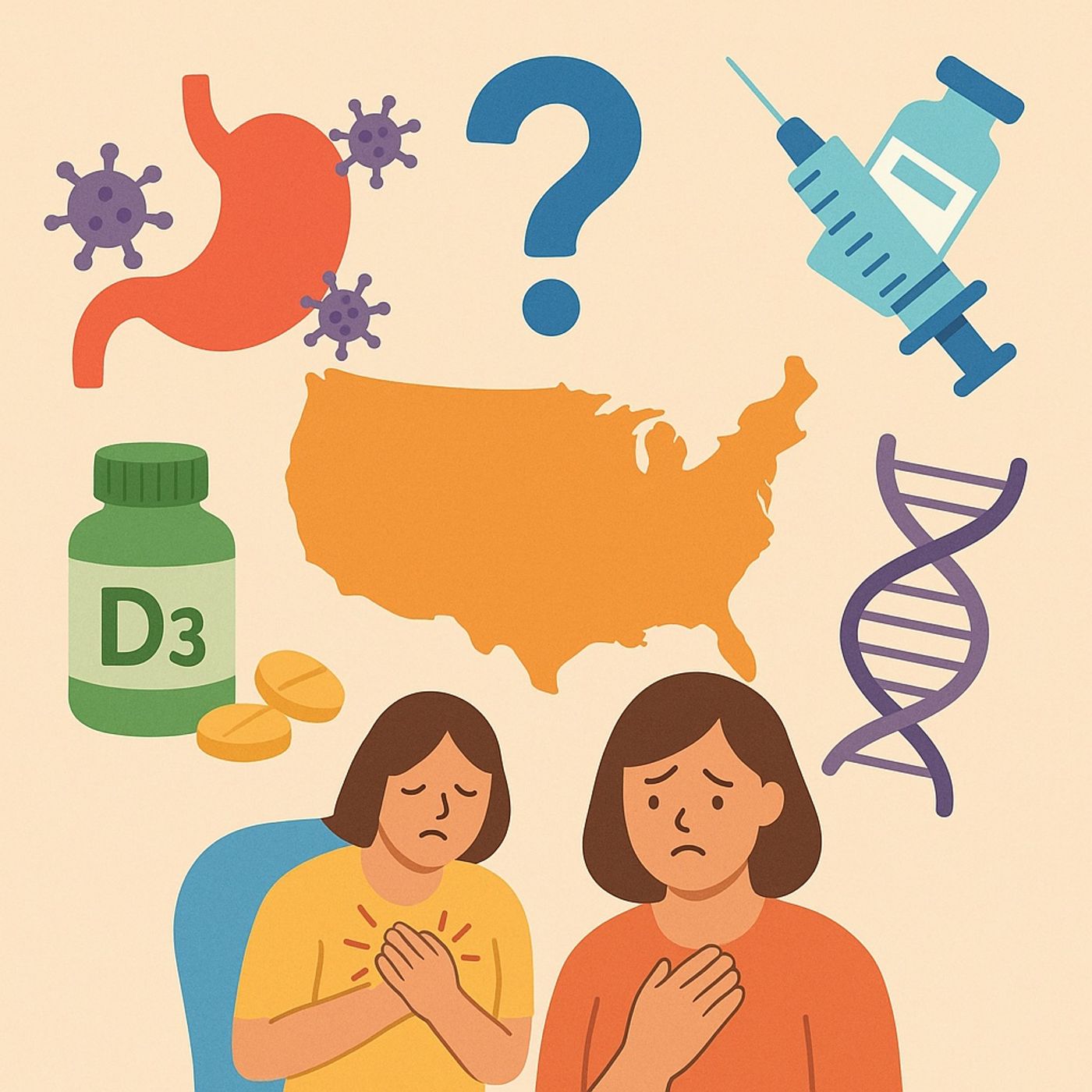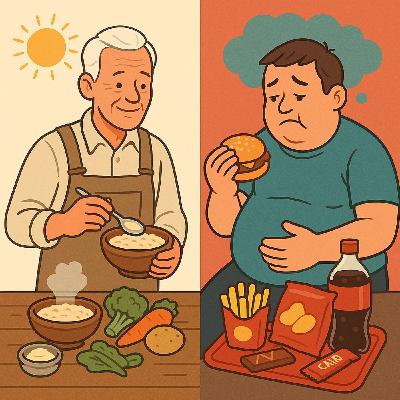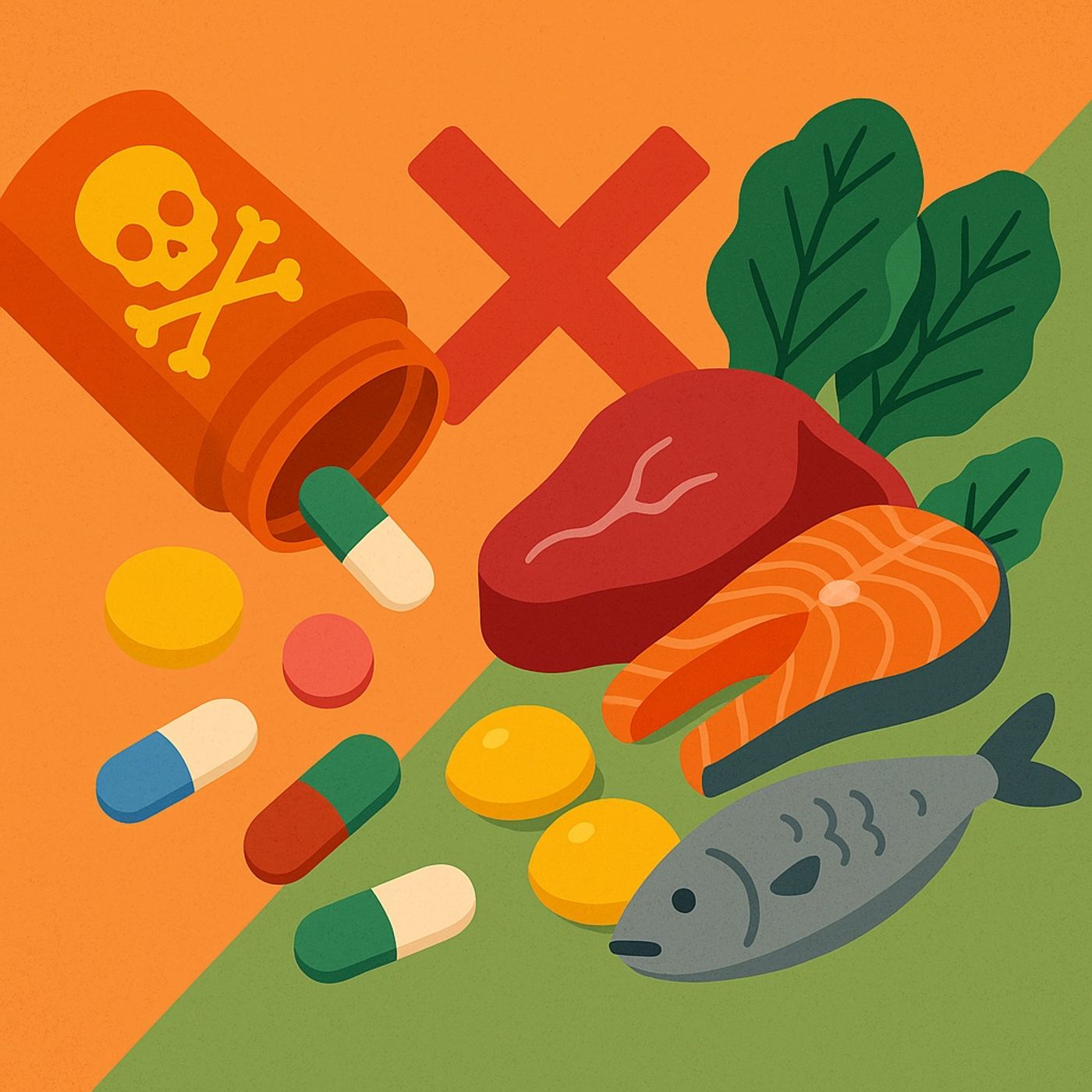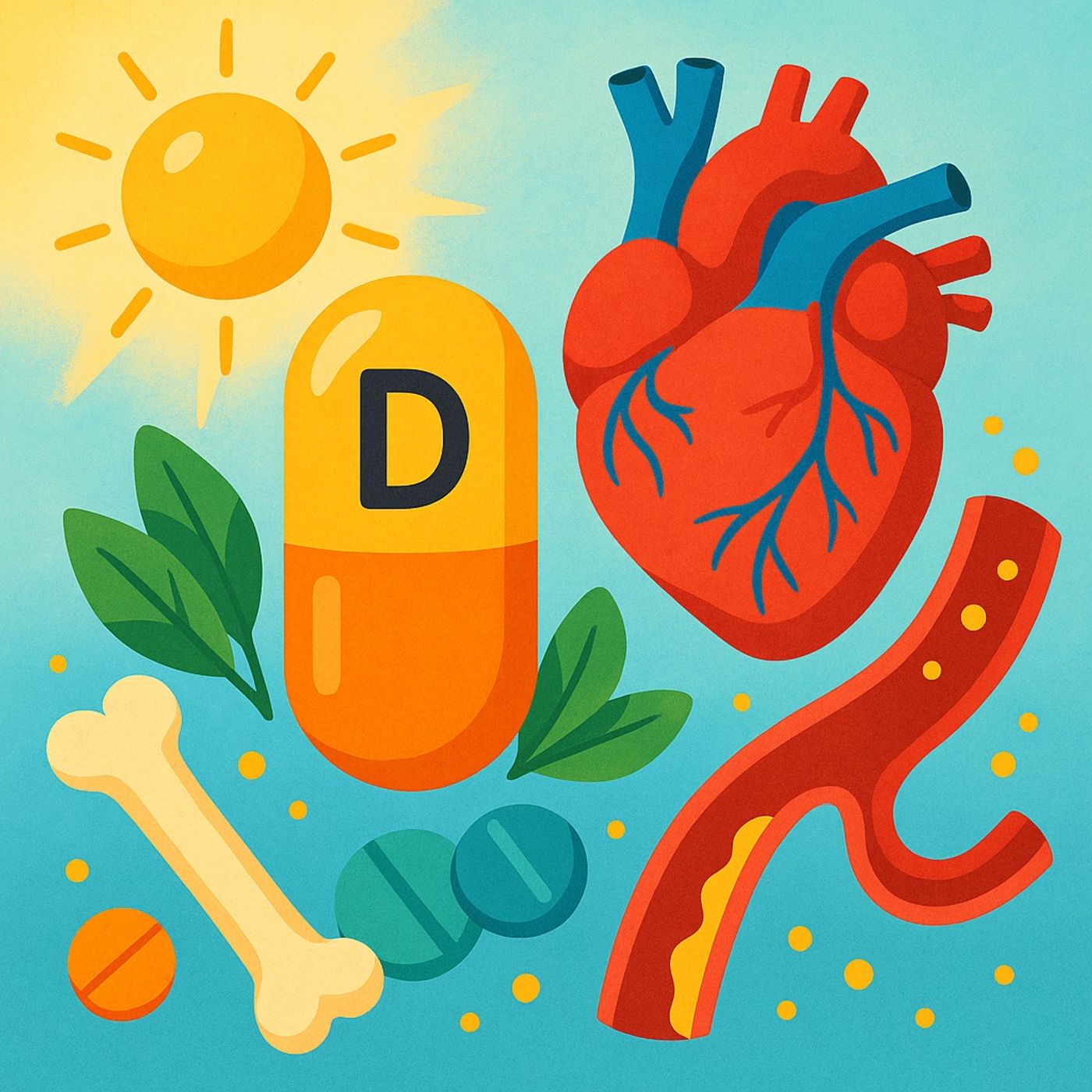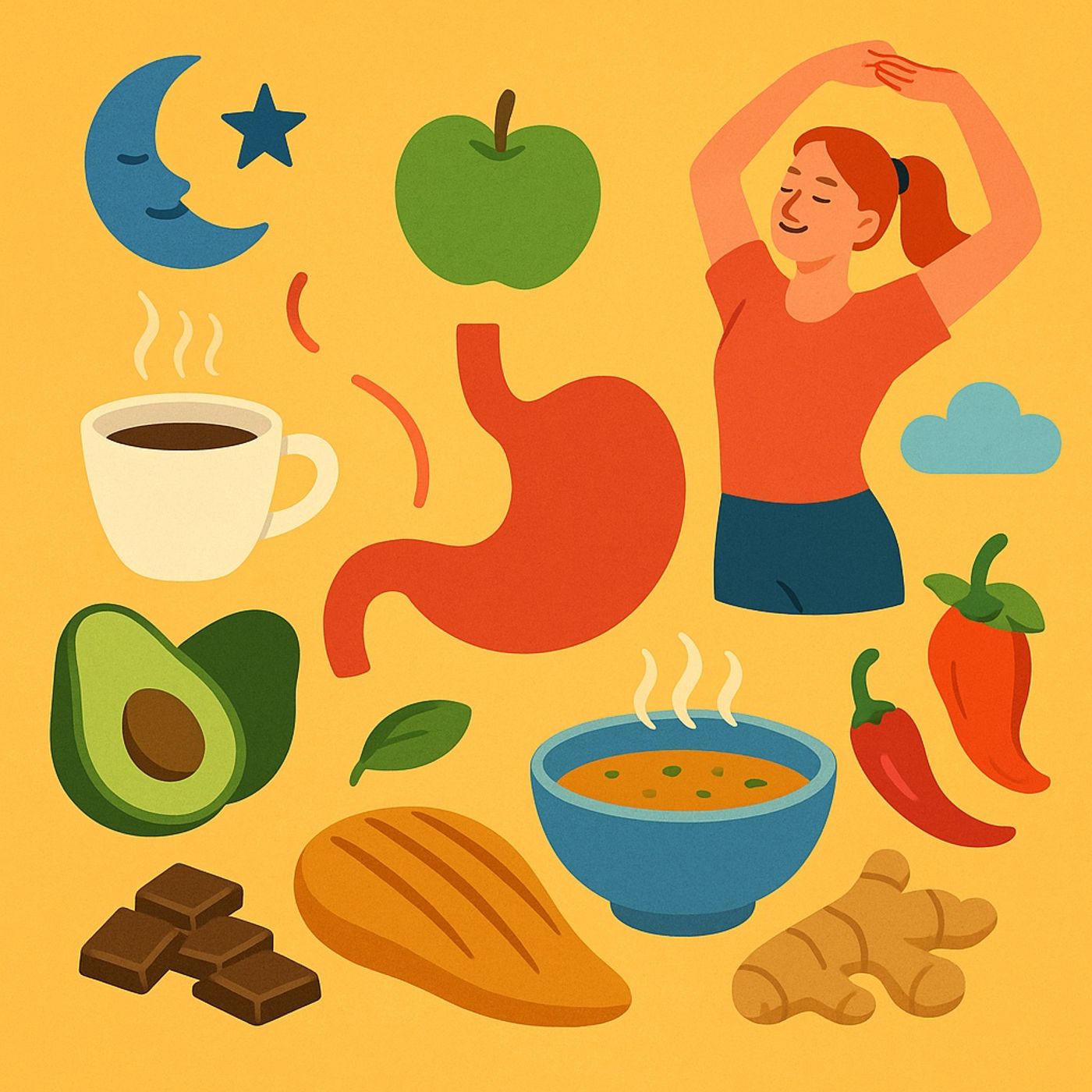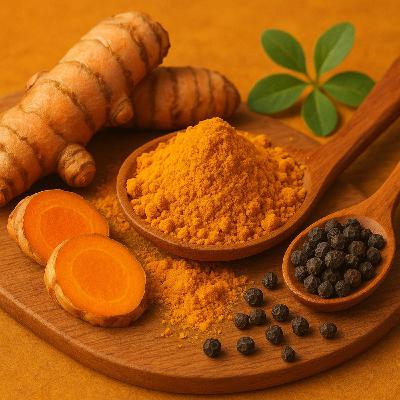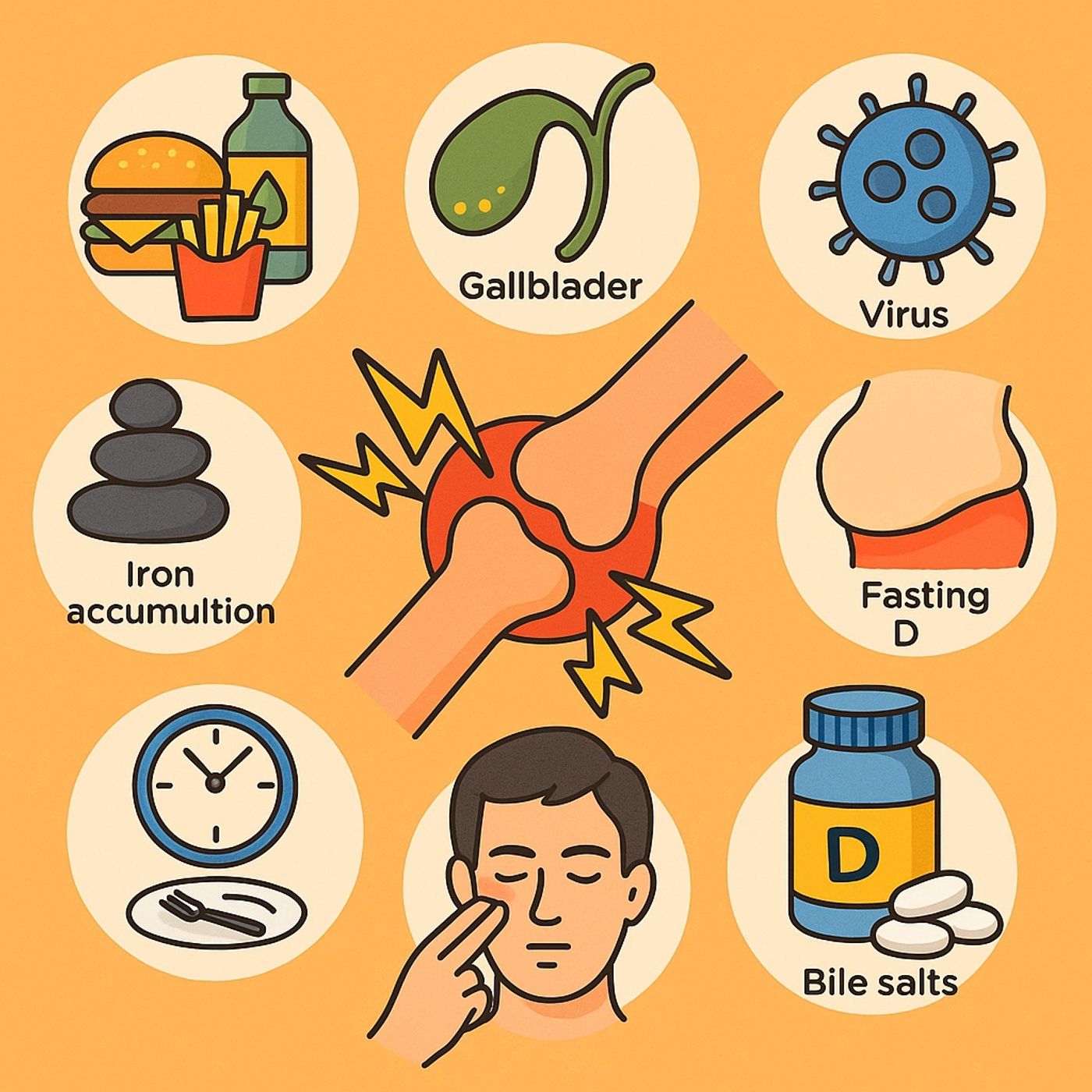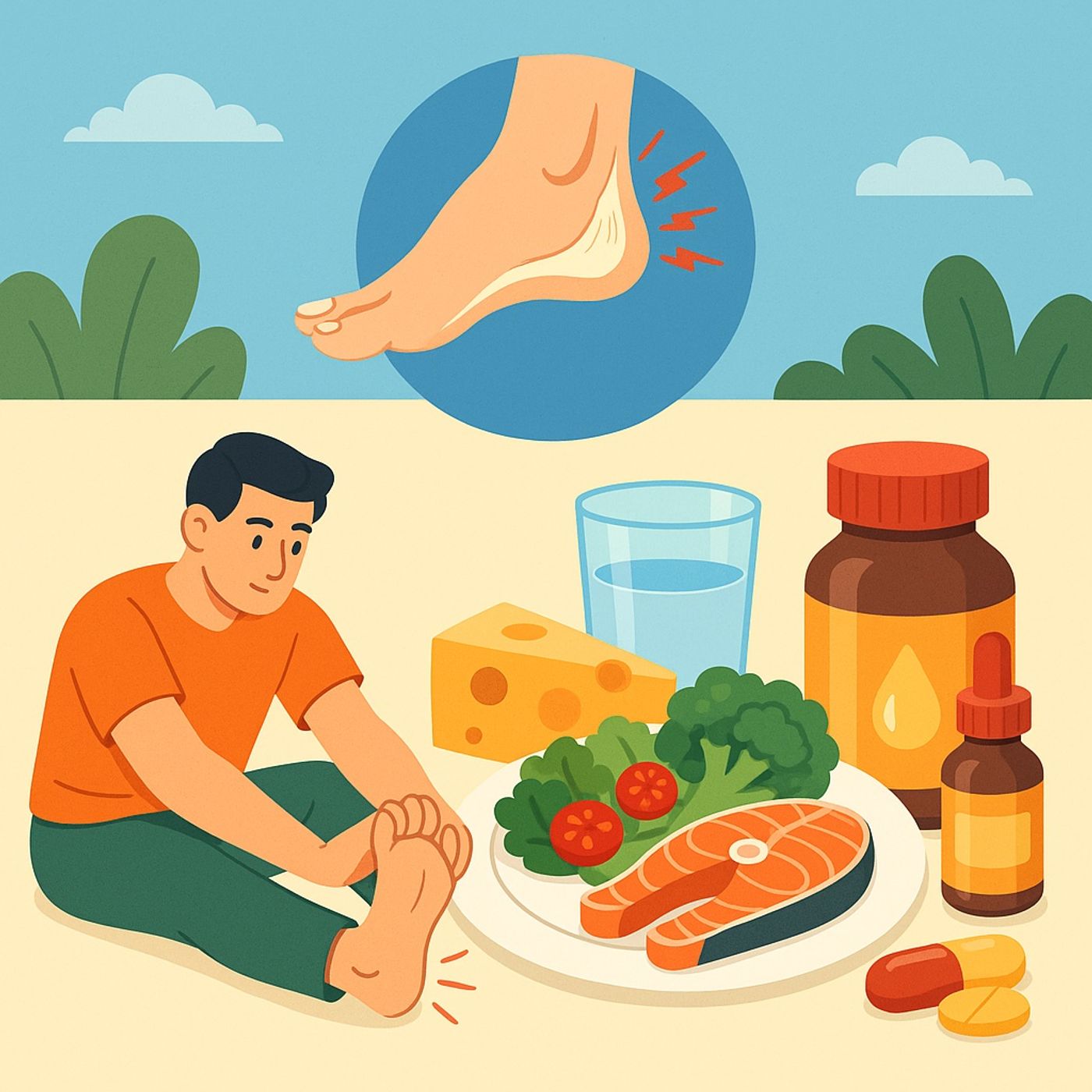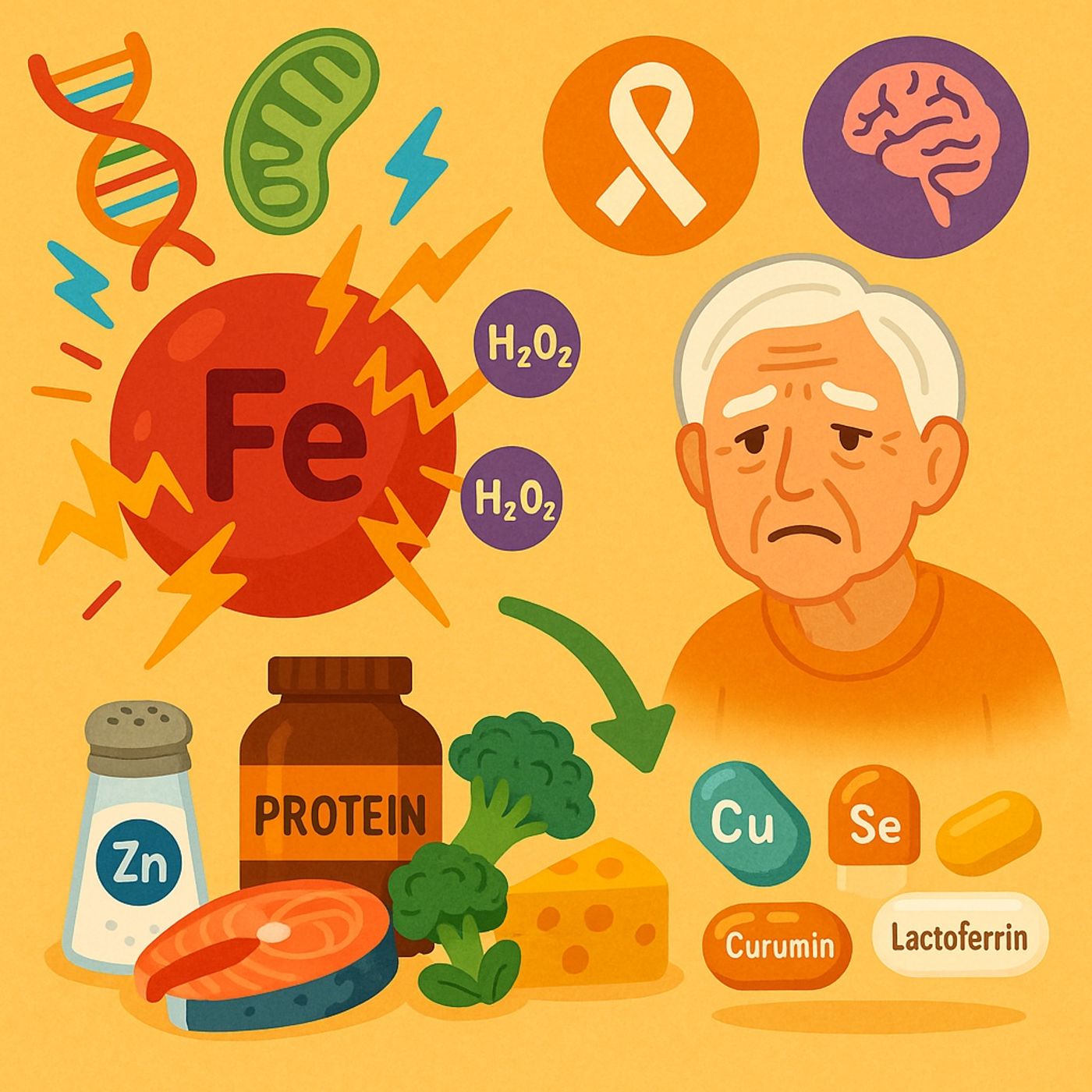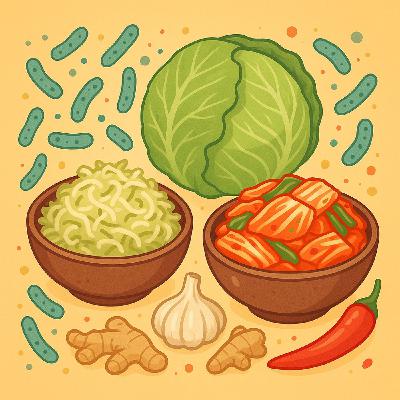Acrylamide: The Invisible Class A Carcinogen Hiding in 40% of Your Food
Update: 2025-10-30
Description
Explores the dangers of acrylamide, a toxic chemical classified as both a probable human carcinogen and a potent neurotoxin by multiple health agencies worldwide. Unlike typical food additives, acrylamide is not an added ingredient—it is formed as a byproduct of the Maillard reaction, which occurs when certain refined sugars or starches react with the amino acid asparagine under high-heat cooking conditions (above 285°F).
Foods especially high in acrylamide include chips, crackers, french fries, and coffee, making it a hidden risk in diets heavy in ultra-processed foods. Long-term exposure has been linked to increased risks of cancer, neurological damage, and other chronic health problems.
To minimize harm, several strategies are recommended:
Lower cooking temperatures to reduce acrylamide formation.
Replace refined sugars with natural alternatives.
Cook with stable saturated fats such as tallow instead of seed oils.
Incorporate cruciferous vegetables and dark-roasted coffee, both of which contain compounds that may help counter acrylamide’s toxic effects.
By making these adjustments, individuals can reduce their exposure and strengthen their defenses against this little-known yet widespread foodborne toxin.
Produced by:
https://www.podcaistudio.com/
Foods especially high in acrylamide include chips, crackers, french fries, and coffee, making it a hidden risk in diets heavy in ultra-processed foods. Long-term exposure has been linked to increased risks of cancer, neurological damage, and other chronic health problems.
To minimize harm, several strategies are recommended:
Lower cooking temperatures to reduce acrylamide formation.
Replace refined sugars with natural alternatives.
Cook with stable saturated fats such as tallow instead of seed oils.
Incorporate cruciferous vegetables and dark-roasted coffee, both of which contain compounds that may help counter acrylamide’s toxic effects.
By making these adjustments, individuals can reduce their exposure and strengthen their defenses against this little-known yet widespread foodborne toxin.
Produced by:
https://www.podcaistudio.com/
Comments
In Channel

